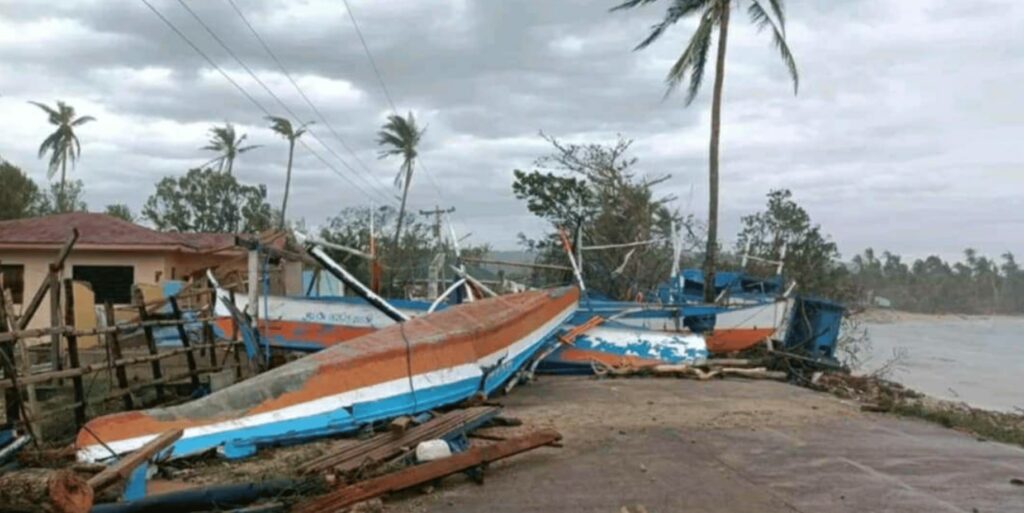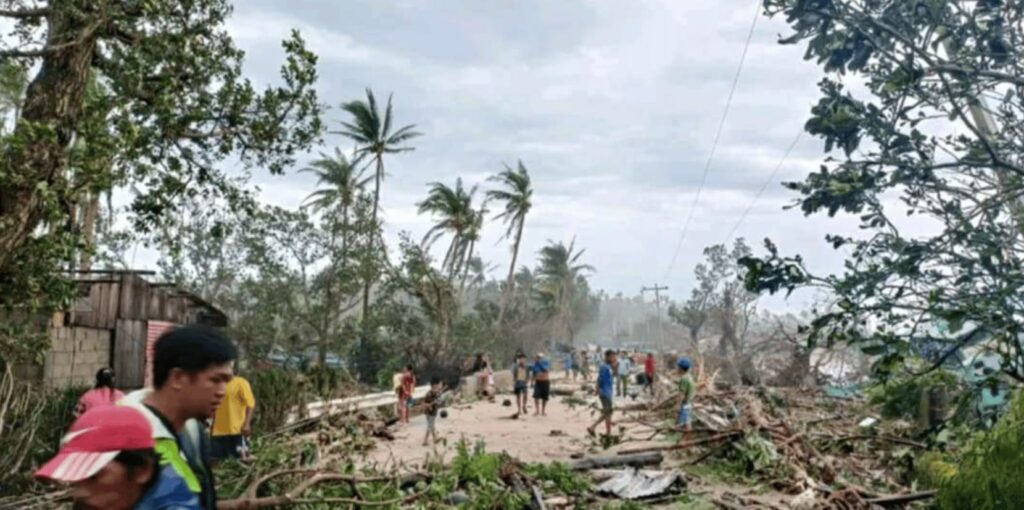ADRA Mobilizes Aid for Families Displaced by Super Typhoon Nando
Northern Philippines is heavily affected by the strongest storm so far in 2025.
September 29, 2025 | Edward Rodriguez, Southern Asia-Pacific Division
The Philippines, still reeling from massive flash floods that swept through the south earlier this month, is once again in crisis. Northern Luzon has now been pounded by Super Typhoon Nando (international name: Typhoon Ragasa), the strongest typhoon to hit the country this year, and weather forecasters warn that another storm could follow in the coming days.
Super Typhoon Nando, internationally known as Typhoon Ragasa, brought sustained winds exceeding 200 kilometers (124 miles) per hour, torrential rains, and storm surges that triggered mass evacuations in Cagayan Valley and surrounding provinces. The storm displaced more than 11,600 people; left 191,860 individuals affected across 950 barangays, or villages; and caused widespread power outages and infrastructure damage.

A fishing boat lies wrecked along the shoreline of Cagayan Valley after Super Typhoon Nando slammed the northern Philippines with destructive winds and heavy rains, leaving widespread damage to homes, livelihoods, and infrastructure. [Photo: ADRA Philippines]
In northern Luzon ADRA is working closely with the Northeast Luzon Mission, Northern Luzon Mission, and Mountain Provinces Mission to assess damages and support displaced families. These partnerships allow real-time updates from communities and faster coordination of relief operations.
Local Adventist churches are also serving as temporary shelters and distribution hubs, complementing government efforts led by the Department of Social Welfare and Development, which has prepositioned food packs and supplies in the region.
“In the light of the ravaging impact of Typhoon Nando, ADRA Philippines is fully prepared to provide immediate relief to affected families,” Aperocho said, “having communicated situation reports to secure necessary support. In partnership with the local Adventist Community Services office, rapid needs assessments will guide our response, which will be initiated within 72 hours. This response may include food packs, WASH interventions, shelter repairs, or unconditional cash transfers, demonstrating our strong commitment to effective locally led humanitarian aid,” she explained.

Residents pick through debris and fallen trees in Cagayan Valley after Super Typhoon Nando tore through the northern Philippines, leaving homes damaged, power lines down, and roads impassable. [Photo: ADRA Philippines]
ADRA is exploring potential funding streams with institutional donors and local partners to scale up humanitarian operations. ADRA’s goal is to provide not just short-term relief but sustainable assistance that helps communities rebuild and regain hope.
“As residents face uncertainty in the aftermath of Super Typhoon Nando, ADRA’s presence brings more than material relief—it brings hope,” regional church leaders said. “By standing alongside affected families, ADRA and the Adventist Church continue to live out their mission of compassion, offering practical help and reminding locals that they are not alone in their struggle to rebuild.”
The original version of this story was posted on the Southern Asia-Pacific Division news site.